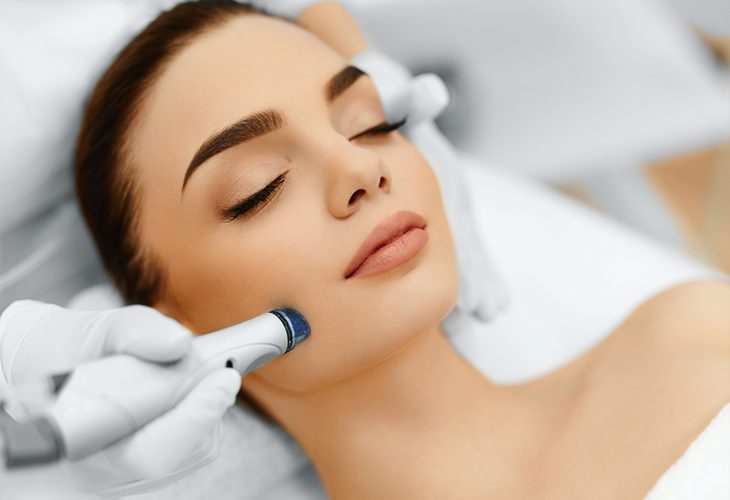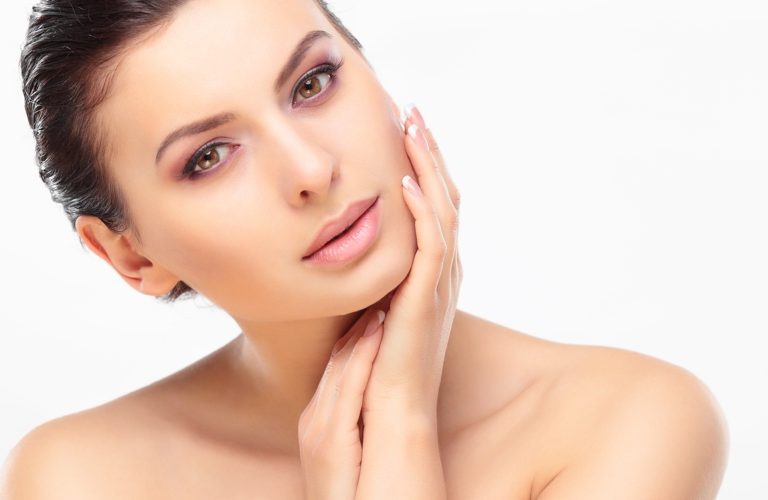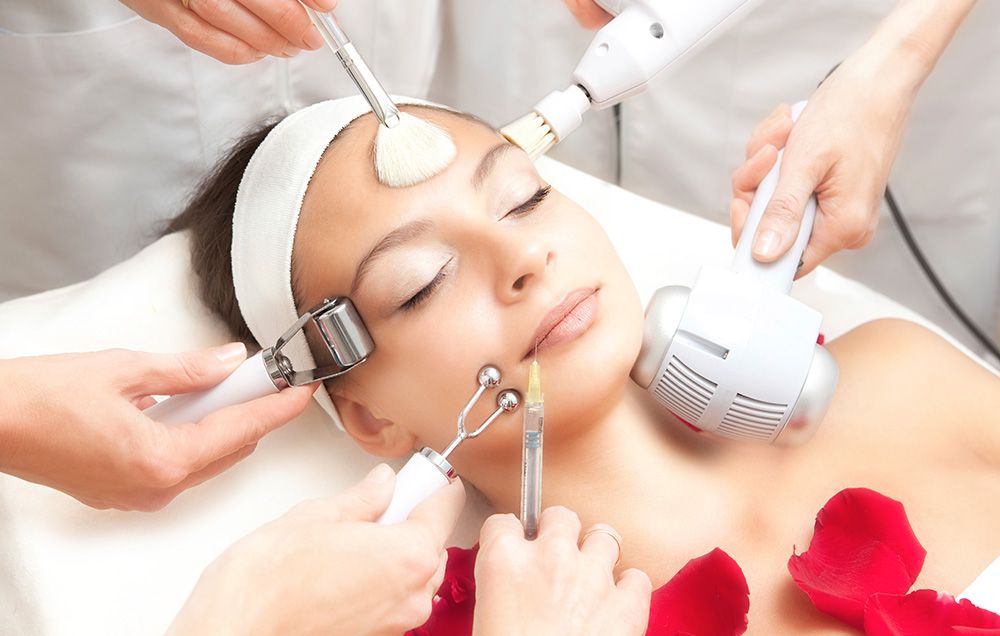A bright, confident smile can leave a lasting impression, and achieving it has never been easier with safe and effective teeth whitening solutions. Whether you are preparing for a big event or simply want to enhance your everyday appearance, a professional-grade whitening kit can help you unlock the radiant smile you have always dreamed of. Designed with advanced technology, these whitening treatments work to lift stubborn stains and discoloration caused by coffee, tea, wine, or aging. The best part? You can achieve noticeable results from the comfort of your own home, without the hassle of expensive dental visits. One of the greatest benefits of using a high-quality whitening system is its gentle yet powerful formula. Unlike harsh bleaching methods that may cause discomfort, modern whitening treatments prioritize safety and effectiveness. Many options now incorporate enamel-friendly ingredients that not only brighten your smile but also help protect your teeth from sensitivity and damage.
This ensures that you can enjoy a dazzling smile without compromising your oral health. Convenience is another major advantage of at-home whitening solutions. With easy-to-use applications, you can seamlessly integrate a teeth whitening kit into your daily routine. Whether it is a quick touch-up or a full treatment plan, these solutions are designed to fit into even the busiest schedules. In just a short amount of time, you can achieve professional-level results that boost your confidence and enhance your overall appearance. In addition to improving aesthetics, a whiter smile can positively impact various aspects of life. A bright, clean smile is often associated with good hygiene and self-care, making it a powerful tool for personal and professional success. Whether you are attending a job interview, meeting new people, or posing for photos, a whiter smile can enhance your overall presence and leave you feeling more self-assured.
With so many safe and effective options available today, achieving a radiant smile has never been more accessible. The key to success lies in consistency and choosing a whitening method that aligns with your needs. By following the recommended usage and maintaining good oral hygiene, you can enjoy long-lasting results that keep your smile looking fresh and vibrant. Ultimately, a whiter smile is more than just an aesthetic improvement it is a confidence booster that can elevate your daily interactions and overall happiness. Investing in a high-quality whitening solution allows you to take control of your oral beauty and enjoy the benefits of a stunning, healthy-looking smile. So why wait? Unlock your brightest, most confident smile today and let it shine for the world to see!




